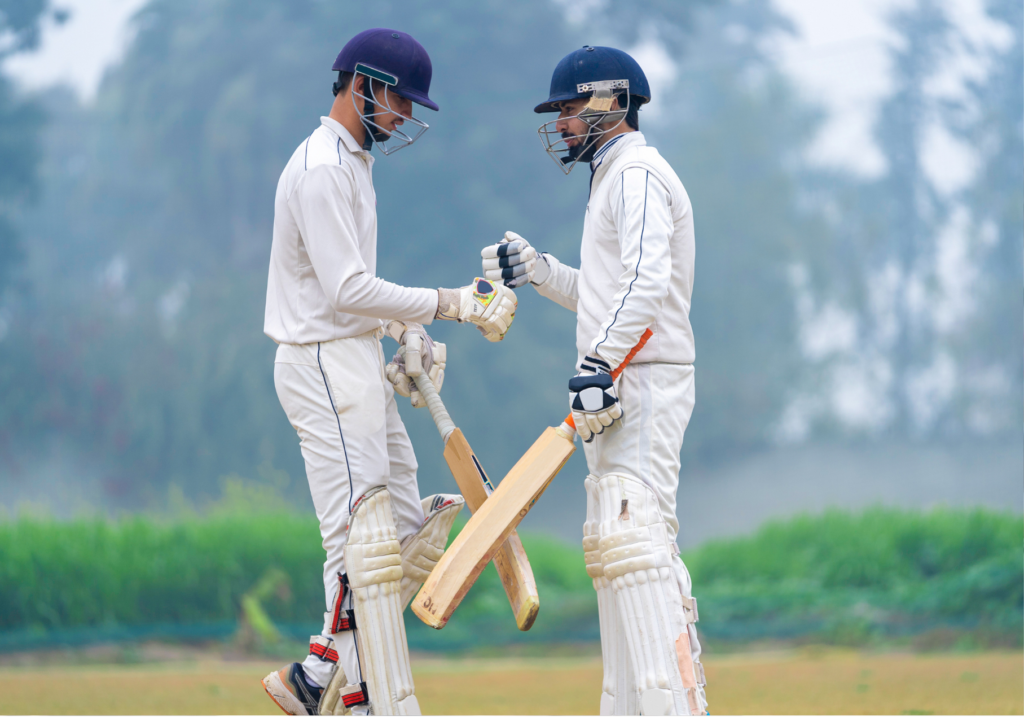Cricket, a sport steeped in tradition, has continually embraced innovation to enhance the gameplay experience. Intellectual Property (IP) plays a crucial role in safeguarding these advancements, protecting the creativity behind technological innovations and designs. This report explores the evolution of cricket through patents, trademarks, and other IP mechanisms, highlighting key developments in equipment, infrastructure, and safety.

Historic Overview of Cricket and Innovation
Origins of Cricket
- Cricket’s origins date back to at least 1550 in England, with some roots possibly in Saxon times.
- By the 18th century, the sport had solidified its structure, culminating in the first Test match between England and Australia in 1877.
- The Ashes series began in 1882, following England’s defeat at The Oval, symbolizing a rivalry fuelled by innovation and strategy.
Early Innovations
- By the mid-19th century, equipment advertisements showcased the early application of patents in cricket. Patented cricket bats, balls, and protective gear reflected the sport’s openness to technological enhancements.
- The Espacenet database reveals patents dating back to 1893, showcasing the historical significance of IP in cricket’s development.
Significant Patents in Cricket Equipment
Bat Technology
- Light-weight Bat (GB2607869A, 2021)
- Designed with modern materials to maintain MCC compliance while reducing weight for improved speed and flexibility.
- Aluminium Cricket Bat (GB2067078, 1980)
- Introduced by Dennis Lillee in 1979, this bat was known for its durability and performance but faced regulatory bans due to ball damage concerns.
- Smart Cricket Bat (201941017797, 2019)
- Equipped with sensors to monitor swing metrics, revolutionizing player analytics and coaching.
Ball Design and Safety Gear
- Protective Helmets
- GB2184934A (1987): Introduced lightweight, impact-resistant helmets that set safety benchmarks.
- Umpire Helmet (GB2610905A, 2021): Integrated safety with video recording and sound capture functionalities.
Infrastructure and Technology Innovations
Smart Cricket Equipment
- Smart Wickets (WO03033081A2)
- Embedded sensors detect bail dislodgement, enhancing umpire accuracy.
- Camera-Embedded Stumps (WO2012027776A1)
- Provide three-dimensional views for improved broadcasting and decision-making.
Advanced Training and Analytics
- AI-Powered Umpiring (WO2021124351A1, 2021)
- Uses AI for real-time decision-making, reducing human error and increasing consistency.
- Virtual Reality Cricket (WO2021178755A1, 2021)
- Simulates match scenarios for immersive player training.
Geographical Indications and Branding in Cricket
Geographical Indicators (GI)
- English Willow
- Recognized globally for its high-quality wood, essential for premium cricket bats.
- Kashmir Willow
- A robust alternative to English willow, known for unique properties and wide usage.
Branding Innovations
- Team logos, event names, and merchandise are protected by trademarks. Iconic events like the ICC Cricket World Cup and IPL rely heavily on IP to secure brand integrity.
Iconic Cricket Bat Innovations: A Patent History
Evolution of Cricket Bats and the Sweet Spot
- Early patents like US 4,186,923 (1978) introduced “scoop” designs to enhance balance and reduce weight.
- Hollow bats (GB 2498804) incorporated air cavities for better “ping,” increasing ball distance.
Aluminium Bat Controversy
- Dennis Lillee’s aluminium bat (AU 53158/79) aimed for affordability and durability but faced regulatory bans due to its impact on the cricket ball.
Reinforced Bats
- Kookaburra’s AU 2005100877 introduced carbon and glass fibre reinforcements, improving bat longevity and performance.
Composite Handles
- John Newbery’s GB 2391486 patented carbon fibre handles for improved strength and timing, though they faced restrictions for performance enhancement.
Mongoose Bat for T20 Cricket
- The Mongoose Bat (AU 2009252935) featured a shorter blade and longer handle, ideal for power-hitting in T20 matches.
Double-Handled Bat
- WO 2020/194039 introduced two handles for shock absorption and ergonomic use, reflecting continued experimentation in bat design.
Smart Bat Innovations
- US 10,695,632 described a bat with sensors for swing analysis, enhancing coaching and player performance.
Decline in Traditional Bat Patents
- MCC regulations have limited the scope for traditional bat innovation, but smart technologies show significant growth potential.
Cricket’s evolution is a testament to its adaptability and openness to technological advancements. From historic innovations like scooped bats to modern-day smart bats and AI-driven umpiring, Intellectual Property has played a central role in shaping the game. As the sport continues to grow, the synergy between tradition and innovation will ensure cricket remains as dynamic and engaging as ever.
